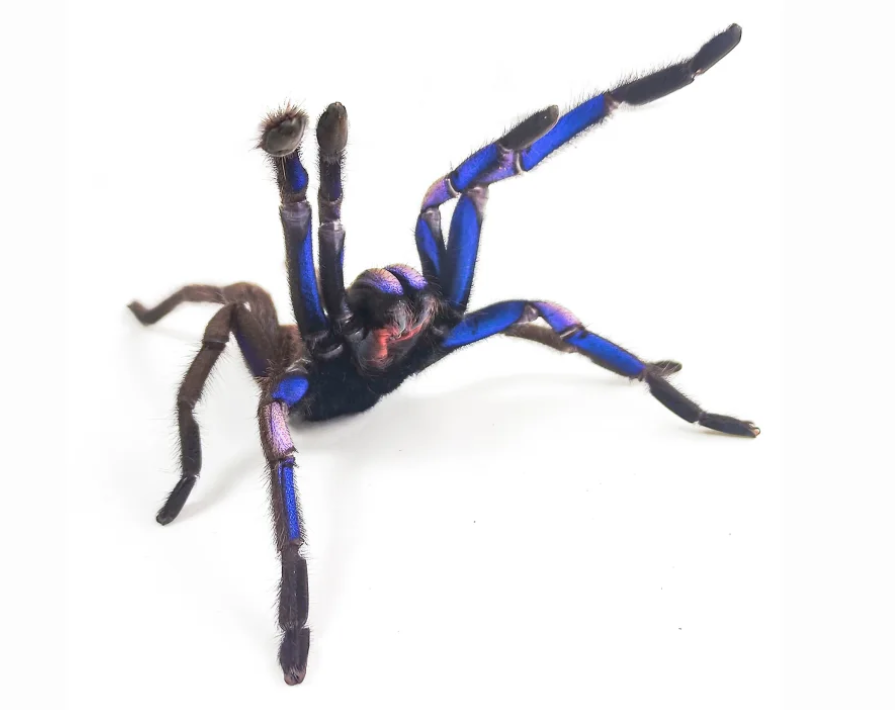
©Courtesy Narin Chomphuphuang
Pre-reading questions:
- Have you ever seen a tarantula? If so, can you describe your encounter with one? If not, what are your initial impressions or thoughts about tarantulas?
- Could you share some examples of unique species you have encountered in your life?
Vocabulary:
- fascinating /FAS-uh-ney-ting/
- identify /ahy-DEN-tuh-fahy/
- right /rahyt/
- impressive /im-PRES-iv/
- shrink /shringk /
[adjective] – extremely interesting
The documentary about marine life was so fascinating that I couldn’t stop watching it.
[verb] – to recognize or establish the identity of something or someone
The detective was able to identify the suspect using fingerprints found at the crime scene.
[noun] – entitlements or privileges granted to someone
The company ensured that all employees knew their rights in the workplace.
[adjective] – If an object or achievement is impressive, you admire or respect it, usually because it is special, important, or very large
The impressive skyscraper stood tall against the city skyline, leaving passersby in awe of its grandeur.
[verb] – to become smaller, or to make something smaller
The population of the endangered species continued to shrink as its habitat faced increasing threats.
Article reading:
This exciting discovery was shared in a study published on September 18 in the research journal ZooKeys. The team, which included Thai wildlife YouTuber JoCho Sippawat, found the species in a mangrove forest. Just last year, this team also identified another unknown tarantula type, named Taksinus bambus, living in bamboo plants in Thailand. They auctioned the rights to name the new species to bring attention to it and to support the indigenous Lahu people of northern Thailand. The chosen name, Chilobrachys natanicharum, is a tribute to two leaders from the winning company. The tarantula’s bright blue color comes from special, tiny structures, not from pigments in its hair. These structures play with light, creating an impressive blue shade. Blue is rare in nature because it’s hard for objects to absorb and reflect specific light wavelengths. This species has unique metallic-blue and violet hairs on different parts of its body. Although it can adapt well, the electric blue tarantula is very rare because its mangrove forest homes are shrinking due to deforestation.
Comprehension questions
- What color is the recently discovered tarantula in Thailand described as?
- Where was this tarantula species found in Thailand?
- When was the discovery of this tarantula species shared in a study?
- How did the research team support the indigenous Lahu people of northern Thailand in relation to another tarantula discovery?
- Why is the electric blue tarantula considered very rare, even though it can adapt well?
Discussion questions
- Have you ever been on a wildlife expedition or research project? If yes, what did you do and what did you learn? If not, would you like to try it?
- Have you ever found a new animal or plant species that scientists didn’t know about? If yes, how did you find it and how did you feel? If not, would you like to make such a discovery?
- Do you think finding the electric blue tarantula shows how crucial it is to protect natural homes and different types of living things?
- How do you think discovering the electric blue tarantula will make more people understand and care about protecting nature, especially places like mangrove forests that are in danger?
- Considering the importance of biodiversity, what measures should be taken to protect and preserve unique species like the electric blue tarantula and their habitats?